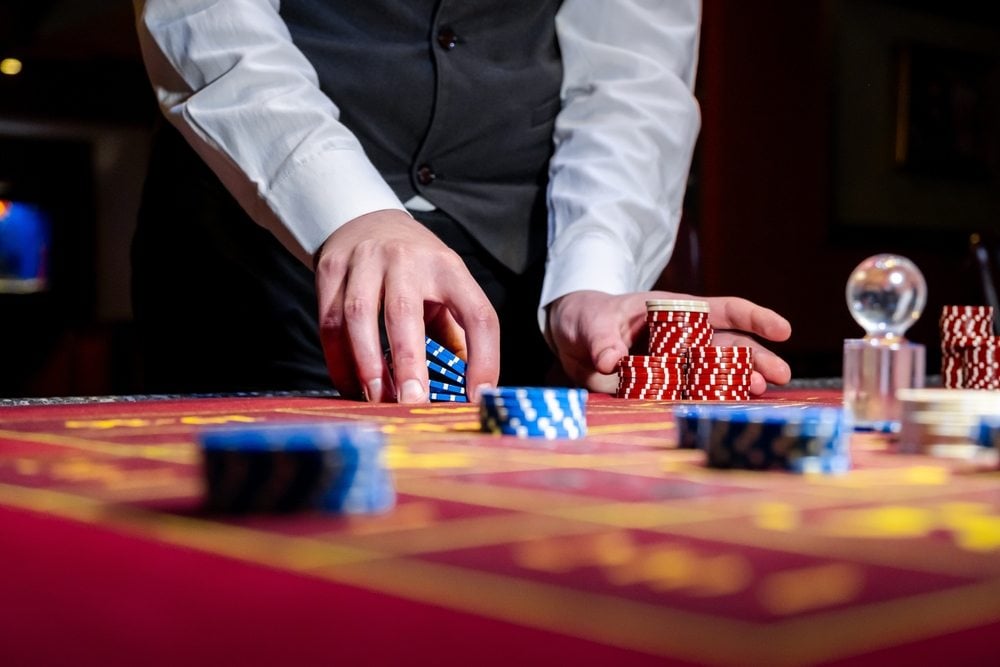How to Win at Baccarat: What You’ll Learn
- Strategic Bet Placement: Understand why placing bets on the Banker is typically the most advantageous choice, despite the commission, while avoiding the Tie bet due to its unfavorable odds.
- Bankroll Management: Learn the importance of managing your bankroll effectively through strategic bet sizing and setting clear loss limits to enhance your gaming experience and minimize potential losses.
- Role of Betting Systems: Discover how to use betting systems as a way to add structure to your play without relying on them as guaranteed winning strategies.
- Fair Play Assurance: Gain insights into ensuring fair play by choosing reputable online casinos that utilize certified Random Number Generators and third-party testing certifications.
- Balancing Luck and Knowledge: Explore how combining a solid understanding of the game’s probabilities with disciplined play can maximize enjoyment and improve your chances of success despite the inherent luck factor.
Baccarat has evolved from an exclusive game for aristocrats to one of the most popular table games in modern casinos. Despite its sophisticated image, Baccarat offers straightforward gameplay and some of the best odds in the casino.
While no strategy can guarantee consistent wins against the mathematical house edge, there are proven approaches that can maximize your chances of success and extend your bankroll.
In this comprehensive guide, we’ll explore effective strategies, betting systems, and crucial insights to help you approach the Baccarat table with confidence and knowledge.

Image Credit: Kitreel/Shutterstock
How to Win at Baccarat: The Basic Rules
Before discussing how to win at Baccarat, let’s review the fundamental rules:
- Objective: Bet on which hand – Player or Banker – will have a total closest to 9.
- Card Values:
- Cards 2-9 are worth their face value
- 10s, Jacks,Queens, and Kings = 0
- Aces = 1
- Only the rightmost digit of any total is used (e.g., 15 becomes 5)
- Gameplay:
- Two cards are dealt to both Player and Banker positions
- A third card may be drawn based on fixed rules
- No decisions are made by participants after betting
- The hand closest to 9 wins
The absence of player decisions after betting makes Baccarat primarily a game of chance, but strategic bet selection can significantly impact your results.
How to Win at Baccarat: Player vs. Banker Bets
The two main betting options in Baccarat each have distinct mathematical characteristics:
Banker Bet:
- Wins approximately 45.86% of hands
- Pays even money MINUS a 5% commission on wins
- Has a house edge of 1.06%
- Statistically the best bet in the game
Player Bet:
- Wins approximately 44.62% of hands
- Pays even money (1:1)
- Has a house edge of 1.24%
- No commission on winnings
The slight edge for the Banker bet exists because of the specific drawing rules for third cards. Despite the 5% commission, the Banker bet remains mathematically superior due to its higher win probability.
In 1992, Australian billionaire Kerry Packer famously exploited this edge during an epic Baccarat session at the MGM Grand in Las Vegas. Over several days, Packer reportedly won between $20-40 million playing Baccarat, primarily betting on the Banker hand with stakes as high as $250,000 per hand.
Casino executives were forced to increase their betting limits to accommodate his play, and the massive win temporarily affected the casino’s quarterly earnings. While Packer’s success was primarily due to extraordinary luck, his preference for the Banker bet aligned with mathematical optimality.
Tie Bet Considerations
The third main betting option is the Tie bet:
- Pays 8:1 or 9:1 depending on the casino
- Has a win probability of only 9.52%
- Carries a house edge of 14.36% with 8:1 payout
- Reduced to approximately 4.85% with 9:1 payout
Despite the attractive payout, the Tie bet is generally considered a poor wager due to its high house edge. Professional gamblers and mathematicians consistently advise against it.







